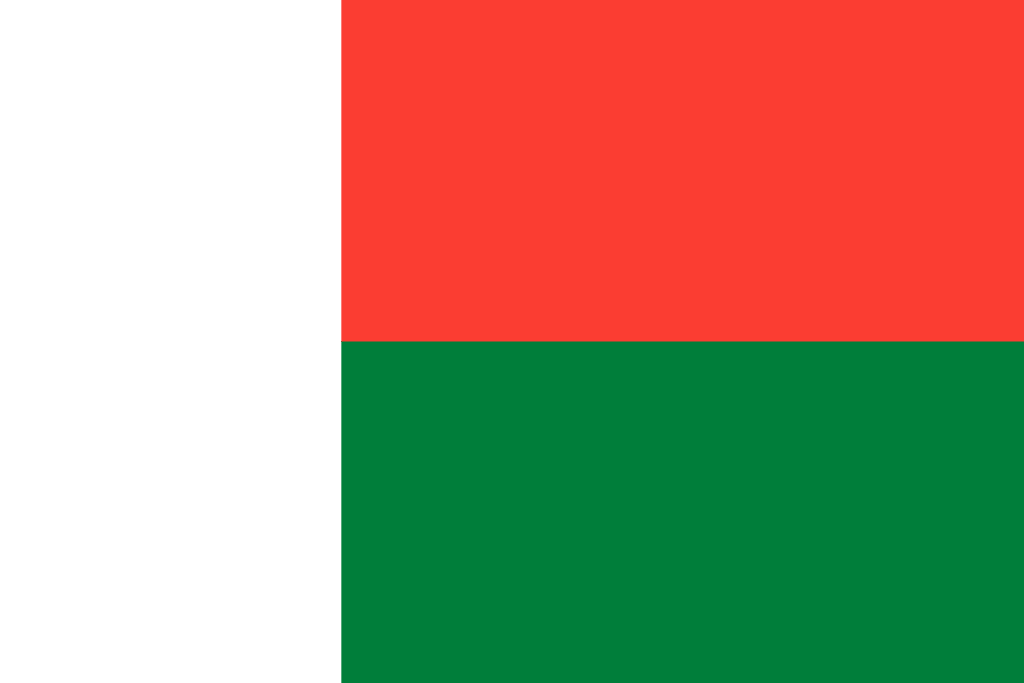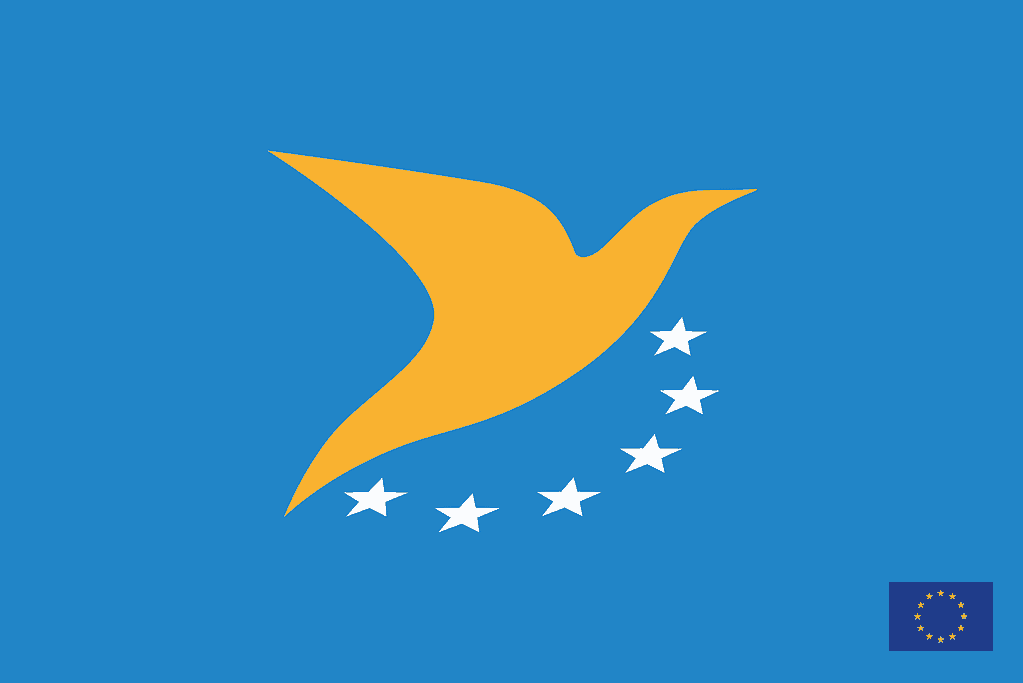Summary of Drone Laws in Madagascar
Hobbyist Drone Laws For Residents of Madagascar
Drone Operations in Madagascar are currently regulated
- Hobbyist drone flights are not allowed in Madagascar
- Hobbyist Madagascar drone pilot license is not applicable
- Hobbyist Drone registration is not applicable in Madagascar for hobbyists
- Drone Remote ID is not required in Madagascar for hobbyists
- Drone Insurance is not applicable for hobbyists’ drone operations in Madagascar
Read below for more details on Hobbyist Drone Laws in Madagascar and to find links to regulators and other credible sources!
Commercial Drone Laws For Residents of Madagascar
Drone Operations in Madagascar are currently regulated.
- Commercial drone flights are allowed in Madagascar
- Commercial Madagascar drone pilot license is not required
- Commercial Drone registration is required in Madagascar for commercial drone operators
- Drone Remote ID is not required in Madagascar for Commercial Drone Operators
- Drone Insurance is not required for commercial drone operations in Madagascar
Read below for more details on Commercial Drone Laws in Madagascar and to find links to regulators and other credible sources!
Drone Laws For Visitors To Madagascar
Drone Operations in Madagascar are currently regulated.
- Foreign visitor drone flights are not allowed in Madagascar
- Foreign visitor drone pilot license is not applicable
- Drone registration is not applicable in Madagascar for visitors/tourists
- Drone Remote ID is not applicable in Madagascar for tourists
- Drone Insurance is not applicable for tourist drone operations in Madagascar
Read below for more details on Drone Laws in Madagascar for Visitors (Tourists) and to find links to regulators and other credible sources!
Drone Laws For Government Drone Operators in Madagascar
Drone Operations in Madagascar are currently regulated.
- Government drone flights are allowed in Madagascar
- Government drone pilot license is not required
- Drone registration is required in Madagascar for Government operations
- Drone Remote ID is not required in Madagascar for Government operations
- Drone Insurance is not required for Government drone operations in Madagascar
Read below for more details on Drone Laws in Madagascar for Government Drone Operations and to find links to regulators and other credible sources!
Agencies Responsible for regulating drones in the Republic of Madagascar
Drone Regulator in Madagascar: Aviation Civile de Madagascar (ACM) Note: The website is not always reachable
Link to Madagascar Drone Regulations Online: Madagascar Drone Regulations and Decision – (The website is not always reachable)
UAS Laws – General rules for flying drones in Madagascar
The Madagascar agency responsible for drone safety, ACM, has provided several internet-accessible details on flying for fun or work. The highlights are enumerated below. For more details, go to the link above.
Are drones allowed in Madagascar?
Here are the most important rules to know for flying a drone in Madagascar:
Decision n ° 75 b ACM / DGE / DRG of 16 March 2015, prohibiting operation with unmanned aircraft without a pilot on board.
Instruction No. 01 ACM/DRG/17 published September 2017, details the operating conditions of commercial use remotely piloted aircraft, and there is also a linked Form for requesting authorization for UAS operation.
INSTRUCTION No. 01 ACM / DGE / DRG / 17
Relative to the Operating Conditions of Remotely Piloted Aircraft
Reference: Article 4, paragraph 1, of Decision 75b / ACM / DGE / DRG March 16, 2015
Article One: Definitions
For the purpose of this Instruction, the following terms are used with the following definitions:
- Aircraft: Any aircraft that can sustain itself in the atmosphere through air reactions other than air Reactions of the air to the surface of the earth
- Remotely piloted aircraft: Unmanned aircraft piloted from a remote control station
- Agglomeration: a group of dwellings constituting a village or a city independently of the administrative boundaries
- Recreational activity: use of a remotely piloted aircraft for recreational, recreational, or competitive purposes.
- Operator: a person, organization, or enterprise engaged in or proposing to operate one or more aircraft
- Aerial work: an aerial activity in which an aircraft is used for specialized services such as agriculture, photography, topography, observation and surveillance, search and rescue, aerial advertising, and training.
- Populated area: An aircraft is said to evolve in (populated zonr3> when it is evolving: within or at a horizontal distance of fewer than 100 meters from an agglomeration appearing on the current aeronautical charts disseminated by the aeronautical information service at a scale of 1: 500 000 or a horizontal distance of fewer than 100 meters from a meeting of persons
Article 2: Flight Operations
- An unmanned aircraft is operated in such a way that it does not result in a risk of damage to other aircraft and third parties on the ground. The remote pilot is directly responsible and has final authority over the use of the remotely piloted aircraft.
- The remote pilot is authorized to refuse a mission if its execution leads to a contravention of the applicable regulations or if they consider that their own safety or that of third parties is at stake.
- The maximum authorized weight is 25 kilograms in aerial work.
- Aircraft over 4 kilograms are prohibited from flying over an agglomeration and a populated area.
- The use of an aircraft for recreational activity is prohibited.
- All operations of a remotely piloted aircraft must be in daylight. Night operations are forbidden.
- The remote pilot must operate only one remotely piloted aircraft at the same time.
- The remote pilot shall not operate a remotely piloted aircraft under the influence of alcohol, drugs, or other substances that affect his physical or mental condition.
- An operator protection zone shall be provided on the ground by the operator to prevent third parties from interfering with the implementation of the remotely piloted aircraft, particularly take-off or landing. The operator sets up a security perimeter, adapted to the size of the equipment and protected, if necessary, with the help of people.
- No remotely piloted aircraft may be used at a horizontal distance of fewer than 100 meters from any person for aircraft greater than 4 kilograms and 30 meters for aircraft of fewer than 4 kilograms, except for its remote pilot and, if applicable, operator of the payload of the remotely piloted aircraft. However, it is possible to reduce the distance provided that:
- The presence of persons within the distance corresponding to the mass of the aircraft is directly related to the activity;
- The operator has defined a procedure in case of an incident in the flight of the aircraft and has previously informed the persons concerned;
- Each person has signed an attestation stating that they have been informed.
- The remote pilot shall first ensure the safety of his aircraft, that the energy reserves flight allow it to perform the planned flight with a suitable margin of safety to cover foreseeable hazards. This provision also relates to the control and control device of the remotely piloted aircraft.
- During the mission preparation, the operator identifies and takes all necessary measures to reduce the risk of intrusion on persons into the area of the operation. It considers the property limits of the land above which the site is located and can rely on the devices implemented by the landowner to control access to the area.
- The remote pilot defines the maximum perimeter of the flight of his remotely piloted aircraft in the function of the flight height, the type of remotely piloted aircraft, and his speed of operation. He defines the periphery and, within this perimeter, a zone of sufficient security in which the flight of the unmanned aerial vehicle is interrupted when it enters.
- For an unmanned aerial vehicle beyond visual line of sight, the remote pilot uses an aircraft command and control system that informs the remote pilot on the positioning of the aircraft to monitor that the aircraft remains on the trajectory that he has determined. Suppose the aircraft enters the safety zone or leaves the planned flight space. In that case, the remote pilot shall take the necessary actions to restore the safety of the flight or, if necessary, stop the flight by initiating an emergency landing.
- The remote pilot manages the emergency landing without unduly endangering people or property on the ground.
- The remote pilot of an aircraft ensures the safety of the flight vis-à-vis third parties and goods.
- The operator defines the means to protect third parties and goods. It identifies the risks associated with implementing each type of remotely piloted aircraft or mission and provides solutions.
- The remote pilot verifies the energy reserves of the remotely piloted aircraft and its command and control device, which are sufficient to undertake the flight and to bring it to an end without additional risks.
Article 3: Use of airspace
- The provisions relating to the minimum overflight heights prescribed by the Aeronautical Regulations of Madagascar relating to air traffic do not apply to remotely piloted aircraft. However, they comply with the prohibitions and overflight restrictions published in the Aeronautical Information Publication (AIP).
- Unmanned aircraft are prohibited from flying:
- within a prohibited area;
- through the cloud or fog;
- less than 30 meters from vehicles, vessels, or persons for aircraft less than 4 kilograms and less than 100 meters for aircraft over 4 kilograms;
- less than 8 kilometers from controlled aerodromes and helicopter landing sites and less than 5 kilometers from uncontrolled aerodromes:
- More than 50 meters above ground level;
- The remote pilot must not exceed the speed 80 kilometers per hour, speed calibrated to full power at the flight level.
Article 4: Notification of incidents
Any change in relation to the defined trajectory (waypoint or turning point) and incidents that may affect the safety of goods and people in the take-off or landing zone must be reported immediately after to the Civil Aviation Authority.
All other incidents related to the operation of a remotely piloted aircraft must be transmitted to the Civil Aviation Authority within seventy-two (72) hours after the occurrence of the incident.
Article 5: Sanctions
Without prejudice to the penal sanctions provided for by the regulations in force, the Civil Aviation Authority may withdraw the authorization issued for violation of the provisions of this instruction.
Additional Notes For Foreign Operators
Not allowed. See above.
Notes for recreational drone pilots flying for fun in Madagascar
Not currently allowed, but check for updates by visiting the regulator’s links provided.
Notes for operating Commercial Drone Services in Madagascar
Follow the general rules listed above, but check for updates by visiting the regulator’s links provided.
Useful published information on flying drones in Madagascar
Here is a sample of what you might expect if you follow the drone laws and fly in Madagascar…
Authoritative Sources of Information on Madagascar Drone Laws
We will attempt to keep an updated list of online authoritative links to regulators and other official websites here:
- Drone Regulator Website: Aviation Civile de Madagascar (ACM) Note: The website is not always reachable
- Link To SUAS Laws: Madagascar Drone Regulations and Decision – (The website is not always reachable)
- No Fly Zone Maps/Locations: N/A
- UAV Registration Site: N/A
- Drone Operator Licensing Site: N/A
- Others: N/A
NOTE: This page is about the Regulation of Unmanned Aerial Vehicles: Small Unmanned Aerial Systems (SUAS), Small UAS, Remote Piloted Aerial Systems (RPAS), unmanned aerial vehicle (UAV), Unmanned Aerial System (UAS), and drone are interchangeable terms unless specified. Model Aircraft, toy, remote-controlled, and RC aircraft may be covered by the same regulations unless specified.
Find out why
We think you must use a Drone Preflight Checklist
And a Drone Post-flight checklist
Free Drone Flight Checklist PDF
This Drone Flight Checklist is better than others.
It’s free!
It includes both the preflight checklist and post-flight checklist
It’s an easy-to-use printable PDF that covers all your bases.
Traveling with a Drone?
Click here to read our Comprehensive Guide For Traveling With A Drone.
NOW IT’S YOUR TURN




Leave a Comment